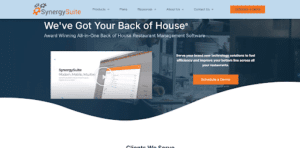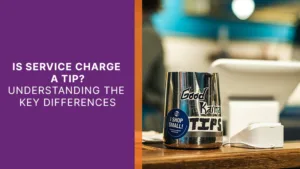Collecting and analyzing sales, labor, and inventory data gives you the ability to save on unnecessary costs, maximize your dollar spend, and ultimately return a higher profit margin. Using a restaurant management system to synthesize that data for you, well, that just saves you a lot of time.
Turning a profit can prove to be a difficult task in the volatile restaurant industry. In an increasingly saturated market, knowing how to price your menu items, draw and keep customer attention, and balance your overhead food and labor costs can transform a restaurant that is just scraping by into a highly-successful eatery. Thanks to automated restaurant reporting tools, making financially sound decisions for your restaurant is easier than ever.
Collecting data on your day-to-day operations can uncover more effective restaurant management techniques and help you find ways to increase your profit margins in sometimes unexpected ways. Below are three restaurant reports that you need to be running on a regular basis if you want to improve your margins:
Sales Reports
Sales are the lifeblood of your restaurant; high sales enable you to purchase better equipment, hire more experienced staff, and ultimately grow your savings account. A good restaurant sales report will track your best and worst selling entrées, average table turnaround times, the number of discounts applied each shift and the total sales for each day. This information can provide a stable foundation on which you can make more informed decisions about menu items to kill or revamp, how to streamline your customer experience and effective promotions to drum up business and keep that cash flow coming.
Labor Reports
Labor remains the largest cost for many restaurants, which means effectively managing your workforce can pay off big time. Want to see which employees are habitually late to work? Labor reports can pull the numbers that will show you. Want to learn which employees have the best table turnaround times and highest average sales? Restaurant labor reports allow you to discover and reward profitable behaviors to increase employee morale, keeping your workforce happy and motivated.
Inventory Reports
Balancing inventory and customer demand can be a challenging task. On average, 10% of food is wasted before it even hits your customer’s plate, which means that the dollars spent on that plate are not being realized to their full potential. Restaurant inventory reports track the ingredients you have in the back of the house, what food leaves the kitchen for customer orders and the amount of stuff leftover at the end of the week. By tracking this data, you can learn where to cut back, what to order more of, and ultimately how to maximize your dollar spend and save money.
When you implement restaurant reporting, everyone wins. Your customers will be happy that their favorite entrée is in stock, your staff will appreciate fair scheduling, and you will have more money to put back into your business to facilitate growth.
Collecting and making sense of all this data can be a daunting task if done by hand. A highly adaptive, customizable restaurant reporting platform will not only help you run a more profitable restaurant, but will also free up more of your precious time—which, as a busy restauranteur, can be just as valuable as money.






